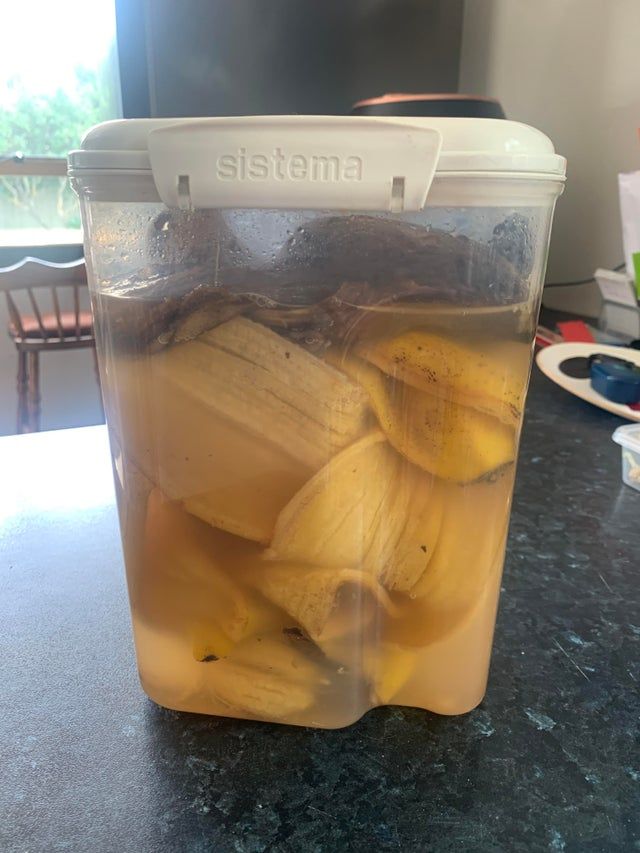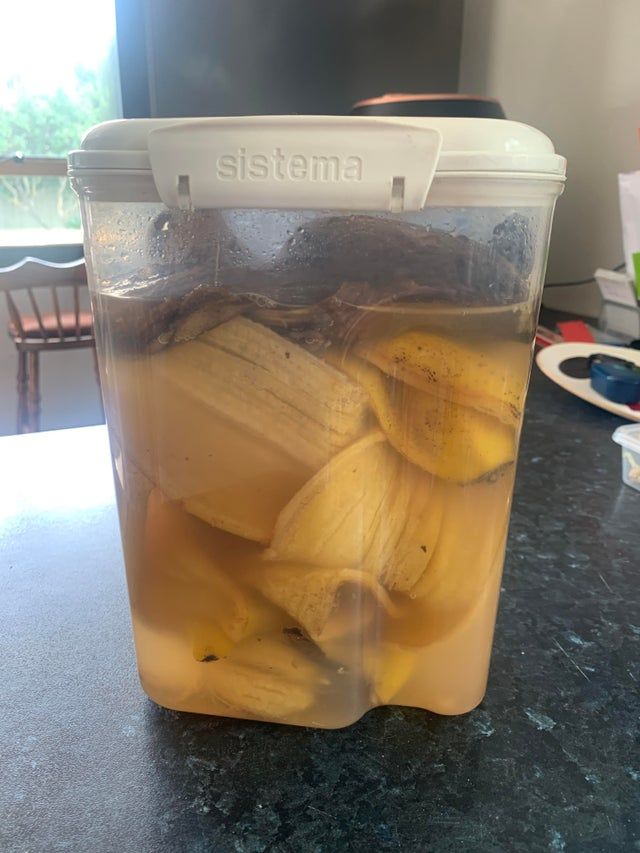How to Make Banana Peel Fertiliser

In the world of organic fertilizers for houseplants or your home garden, you will find many great options that offer the nutrients your plants need to grow and thrive. One of such options is to use banana peel as fertilizer for your plant.
Instead of throwing away banana peels, you can make use of them in your home garden. Banana is a particularly great fertilizer material because it is rich in nutrients such as potassium and magnesium. These nutrients can help strengthen plant stems, help the root grow faster, and improve nutrient distribution in the soil.
There are various ways to make use of your banana peel as a fertilizer for your garden. It can be added to a compost pile, planted into the soil next to your plant, or you can make a banana tea or spray out of it. In this blog, we’ll go over the different options available and how to make use of them.
Why Banana Peel Fertilizer is Good for Plants?
Before going over the different methods of using banana peel to fertilize your garden soil, you should know why it makes such a great organic fertilizer material. Banana peel is rich in many nutrients that contribute to healthy plant growth. These include:
- Calcium: Calcium is known to help break down nutrients in the soil and aid their distribution in the plant’s system. This supports healthy plant growth and helps your plants thrive better.
- Magnesium: one of the main functions of magnesium in plants is that it assists with photosynthesis, one of the most vital processes in plants, though it harnesses the energy it needs to survive.
- Phosphorus: phosphorus helps your plant grow healthily by promoting the growth of strong roots and stems. It is also needed for pollination and aids the development of healthy flower blossoms. Banana Peels contain up to 43% Phosphorus.
- Potassium: this element contributes to several vital processes in plants including enzyme regulation and nutrient distribution. Some plants such as tomatoes are considered potassium loving, and they’ll need soil rich in this element to grow healthily. Banana Peels contain up to 25% Potassium.
Other nutrients found in Banana peels include manganese which also aids with photosynthesis and sodium which promotes optimal distribution of water between the plant cells. It also contains traces of sulfur and magnesium which the plant needs for chlorophyll production.
Interestingly, much more than the nutrients they contain, the nutrients that banana peels lack is another factor that makes them such great organic fertilizers. Banana peels don’t have nitrogen. While nitrogen is an essential nutrient found in many fertilizers, too much of it might be bad for some plants.
Excess nitrogen in the soil might lead to fewer fruits or berries production. Thus, organic fertilizers such as banana peels that are rich in potassium, but deficient in nitrogen are great for plants like potatoes, peppers, and your garden flowers. The calcium it contains is particularly great for tomatoes because it keeps the blossoms of tomato plants from rotting.
Different Ways to Use Banana Peels as Fertilizer
If you want to add banana peels to your garden to fertilize the soil and help your plants thrive better, there are different methods you can follow. In this section, we highlight some of the most common methods and how to make use of them.
Adding Banana Peels to your Compost
If you have a compost pile or bin with some other organic materials such as eggshells and coffee grounds already, you can toss your banana peels in as well. This helps to create an even richer organic fertilizer mix. One factor that makes banana peels even more impressive as compost material is how quickly they get broken down. This allows you to introduce important nutrients to your compost faster than other compost materials. The banana peels can be tossed in whole. However, this might take longer to decompose. You can speed up the process by cutting the peels into smaller pieces.
How to Blend Banana peels into a Fertilizer slurry
Another way you can make use of banana peels as fertilizer is by blending them to create a nutritious fertilizer slurry for your garden.
- First run the banana peels under running water.
- Soak them for a while.
- Blend them in a food processor. This slurry can be poured into a shallow slot in the soil of yout plants.

How to Prepare Banana Fertilizer Tea
This is one of the most popular methods of using banana peel as fertilizer. Not only is a banana fertilizer tea rich in nutrients, but it also doubles as a bug repellent that can help keep various insect pests such as aphids away.
To prepare your banana peel tea:
- Soak the peels in a jar of water for a week or more.
- After a week, you can remove the peels and dilute the mixture slightly with water to reduce the acidity. Subsequently, you can spray it at the base of your plant.
How to Make Slow Release Fertilizer: Plant the Banana Peels directly into the Soil
If you prefer the banana peels to release nutrients slowly into the soil to benefit your plant, one way to do this is by burying the peels directly into the soil next to your plant. This method makes the nutrients available to your plant for a longer period since they’re released slowly compared to when added to compost.
For this method:
- Cut the peel into smaller pieces
- Then bury the peels beneath the soil just beside the plant.
- The smaller these pieces are, the faster the banana peel will decompose and release its nutrients.
Note: If you’re using this technique, note that buying banana peels in your garden can invite pests like chipmunks and squirrels that will dig for the peels. You might want to pest-proof your garden first before you do this!
How to make Dried Banana Peel Fertilizer
You can also dry your banana peels in an oven, then grind them into a fertilizer that you can use in your garden. This is an effective way to maximize a few peels and use them for several plants at once.
To use this method:
- Dry the garden peels first until they’re free from moisture by drying in an oven at 140 degrees.
- Next, grind the peels using a coffee grinder or spice grinder.
- Your dried banana peel fertilizer can be sprinkled directly as a side dressing on the soil or mixed into the dirt or potting mix in small quantities.
How to make Banana Peel Vinegar
If you’re growing plants that love acidic soil such as blueberries, one of the ways to give them a nutritional boost is by increasing the acidity of the soil. Your banana peel fertilizer can be used for this purpose as well depending on how you prepare it.
To prepare vinegar from banana peels, the first step is to ferment the banana peel. To do this:
- Put the feels in a mason jar and cover it with enough water to fully submerge it.
- You should also add some sort of weight on top of the peels so they’ll remain underwater throughout the fermentation process.
- Cover the jar with a loosely fitting top. Let this mixture sit for about a week while it gets fermented by bacteria.
A cloudy mold should develop on the banana peels. If a black mold grows on the peels, the process isn’t successful and you have to start all over again. The process should work as long as you’re able to keep the peels below the water surface.
After a week of fermentation, you can remove the peels and leave the water to sit and ferment further. This can take between 4 to 6 weeks depending on the temperature and other conditions. When the vinegar is formed, it should have an unmistakable vinegar scent. If the scent is too strong, you can dilute it with a little water before you use it on your plant.
Conclusion
Banana peel fertilizer is a nutrient-filled organic fertilizer that adds both macro and micronutrients to your garden soil. What makes it even better is the variety of ways you can make use of it in your garden depending on your preference and the type of plants you’re growing in your garden.